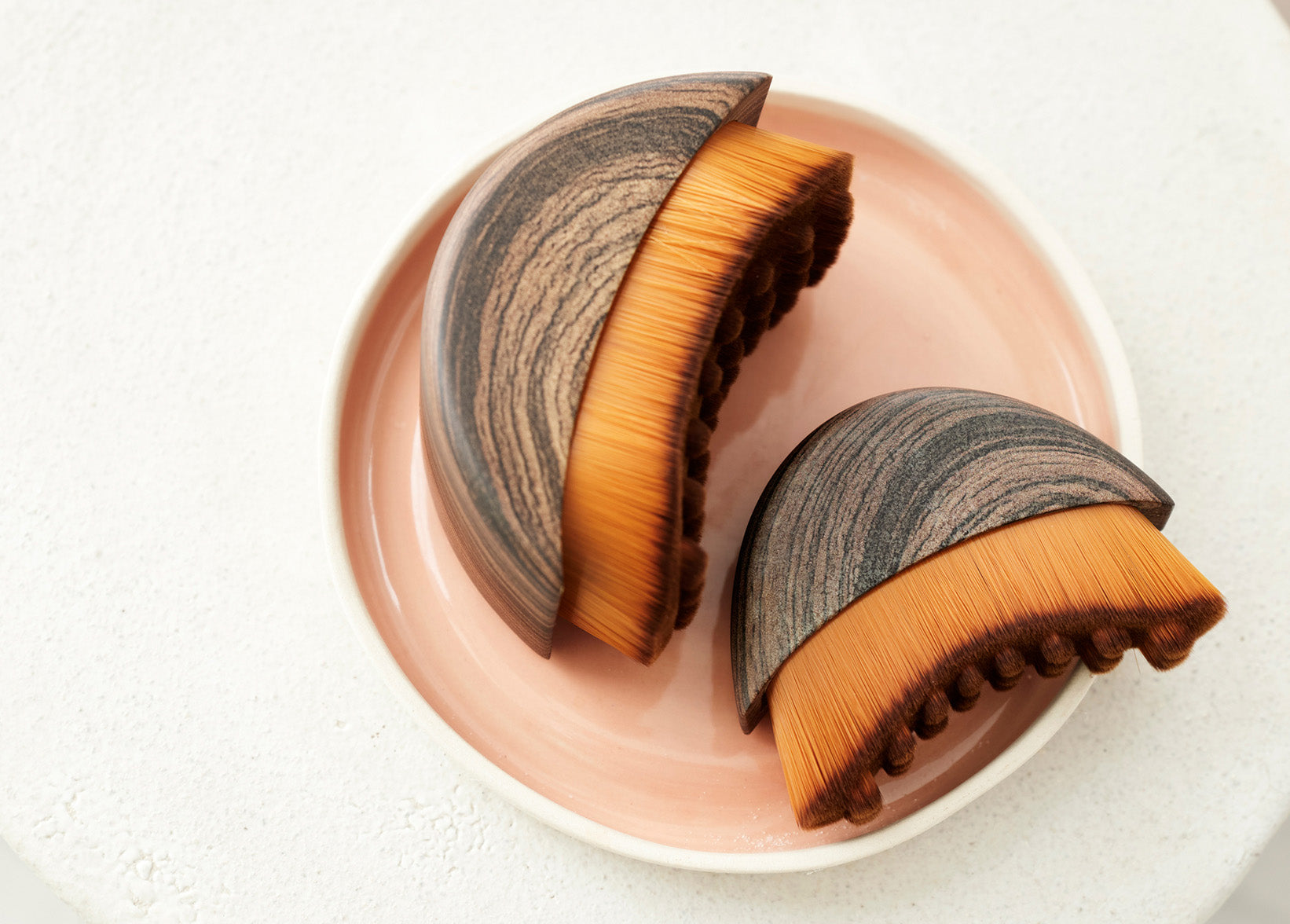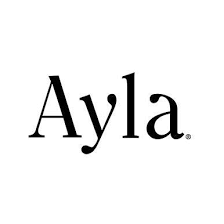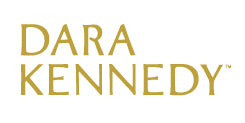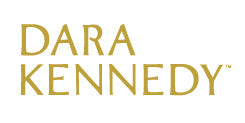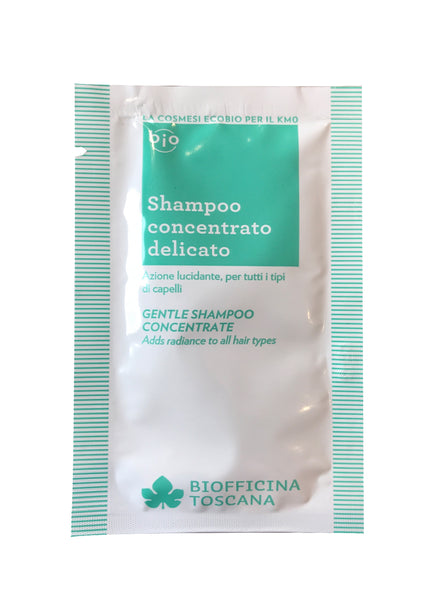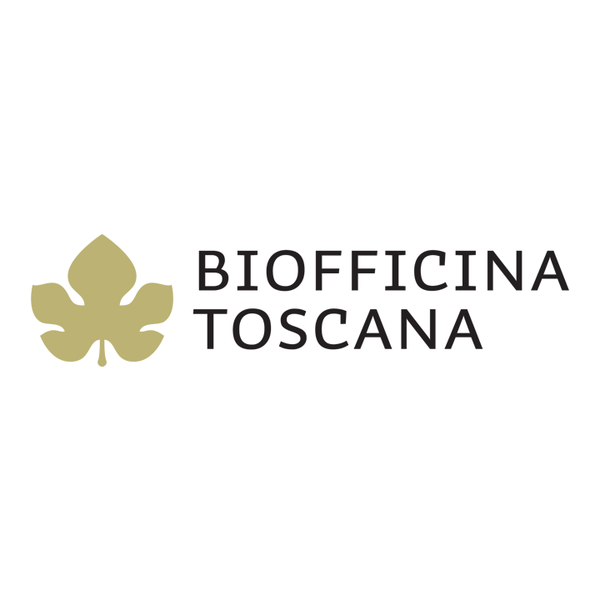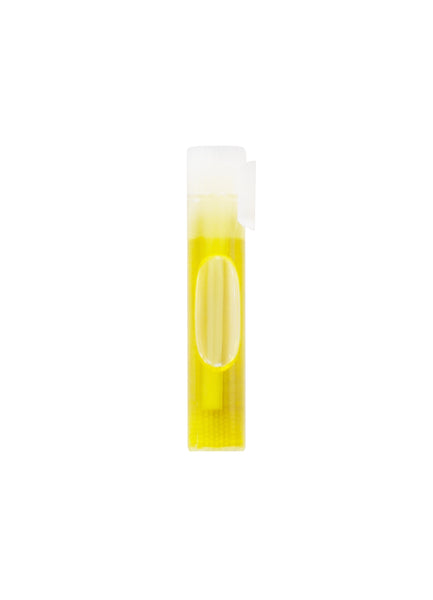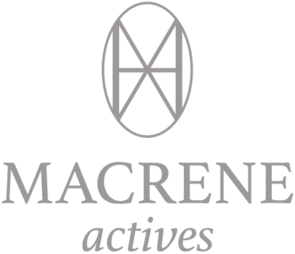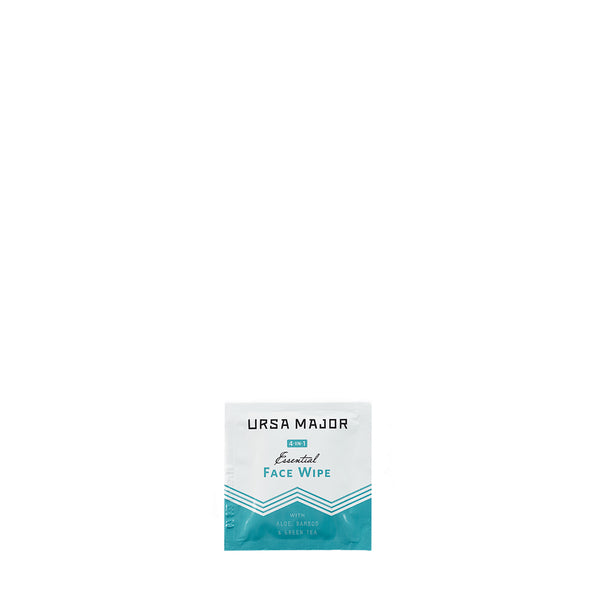Recent Articles
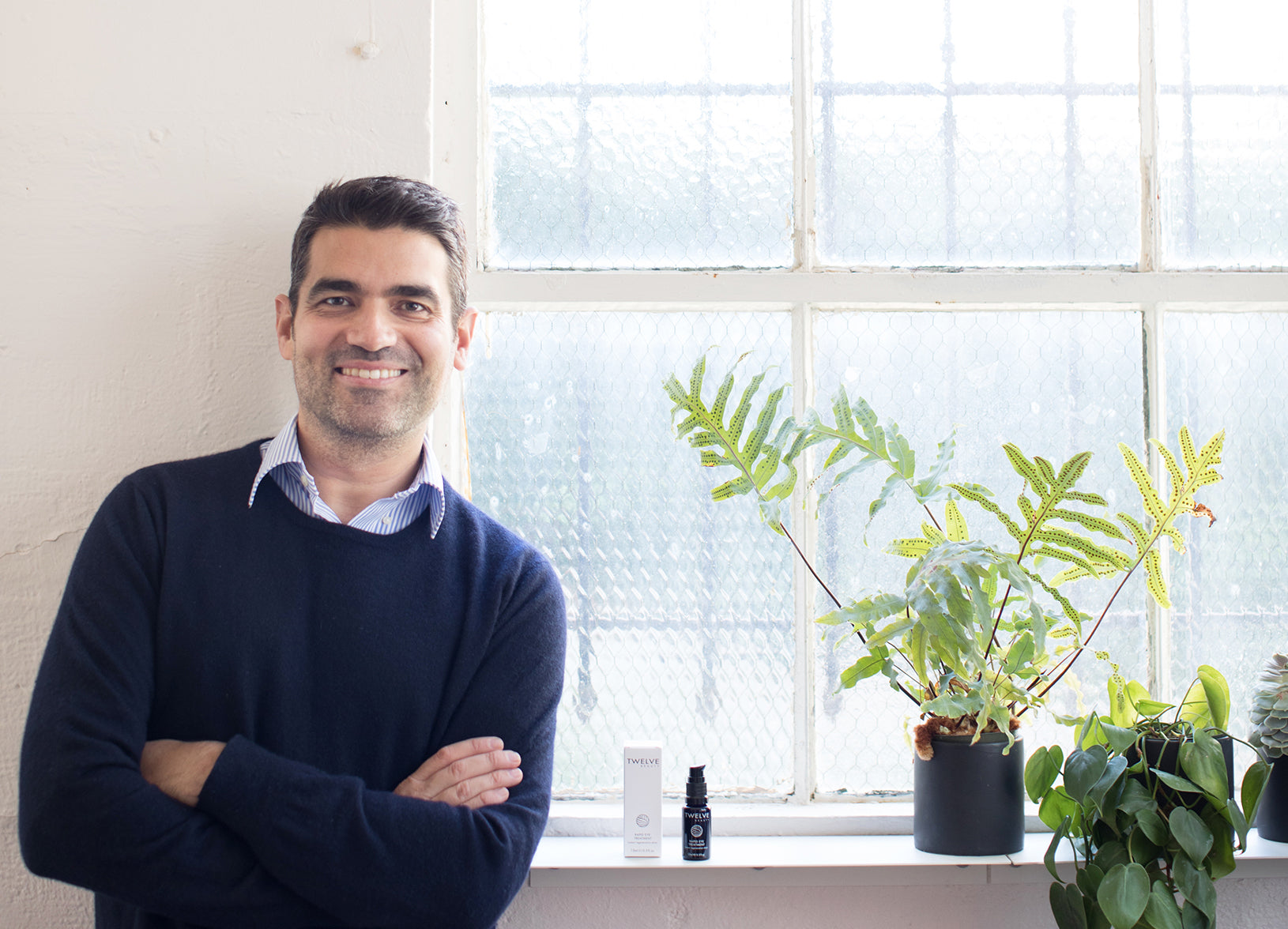
Pedro Catalá— founder and formulator of TWELVE Beauty — is one of the most thoroughly educated founder-formulators we know; he holds a pharmacy degree, a Master's degree in Botany, and a PhD in Natural Product Formulation. As one beauty editor put it, "What Pedro doesn't know about natural product formulation isn't worth knowing." In this interview with Pedro, we focus on dehydration. It's the common link between combination and dry skin conditions, and it's the reason why he created his marvelous moisture serums.
***
1. What inspired you to create your two hydrating serums?
The original idea was to create two products targeting the two main issues I hear about: dry and combination skin conditions. Despite the differences between those two types of skin, dehydration seems to be a characteristic they have in common. For this reason, I wanted to create a product that reduces TEWL (Trans Epidermal Water Loss) without overloading the skin — this is why the serums absorb so quickly.
2. Tell us more about how dehydration leads to moisture imbalance.
With combination skin: Many people with combination skin tend to use foaming cleansers that are quite harsh along with moisturizers that aren’t very effective (light emulsions, gels, oil-free formulas). This results in a lack of water on the surface of the skin, and skin appears dehydrated. Also, small changes in water content (around 10%) create lipid imbalances, and the skin tries to get your attention by overproducing sebum, looking dull, feeling rough, or breaking out in small acne spots.
With dry skin: While dehydration refers to a reduced amount of water on the skin’s surface, dryness refers to a lack of key lipids on the skin’s surface. Dryness is what can lead to a compromised barrier that is more vulnerable and unable to retain water effectively.
This is why both types of skin — dry and combination — have so many similarities. In addition to preventing TEWL, you need to be smart and select oils that suit your skin type. Combination skins do best with those containing higher amounts of oleic acid (Omega 3). Dry skin types need more linoleic acid (Omega-6).
3. How do you suggest choosing one serum over the other?
The first choice is based on the skin type you identify with most: dry (Ideal Moisture Level) or combination/mixed/acne-prone (Ideal Rebalancing Level). However, I prefer to listen to the skin and see what it needs. With the weather being so fickle, there is not much point in following a strict seasonal beauty regimen — we should make small adjustments to our routines depending on the weather, how we feel, and where we might be traveling, working, or living.
Ideal Moisture Level helps skin that ranges from balanced to dry and skin with elasticity loss. It even suits young people who prefer a lighter base underneath their makeup: it works wonders if you mix it with foundation.
Ideal Rebalancing Level helps bring combination skin into balance and dramatically improves skin’s appearance. Its high dose of antioxidants with antibacterial properties can help prevent and treat acne, too.
4. Your Ideal Moisture Level and Ideal Rebalancing Level serums appear to contain very similar ingredients. How are they different?
Although the lists of ingredients appear similar, the quantitites vary. Also, Ideal Rebalancing Level Serum contains a dose of Epilobium, which is a plant rich in oenothein. This is a compound capable of naturally reducing the excessive amount of sebum that is typical with combination skin.
5. Tell us about a few key ingredients in both formulas and why you included them.
To me, ingredient choice is all about sustainability and compatibility with the skin.
* Hyaluronic acid: I use the largest molecular size on the market, so this hyaluronic acid does not penetrate but rather creates a permeable film that keeps the skin elastic and moisturized.
* Sacccharide Isomerate: This plant derived sugar is similar to the carbohydrates found on the skin, and it works as a water magnet to attract and retain the water on the skin's surface.
* Mallow: This is the dark horse in the exotic-dominated world of botany! Its list of properties is neverending, but from the flower, you can obtain a viscous fluid that to me represents the holy grail of skincare. It contains every single molecule your skin will ever need; little wonder I made it into one of the 12 ingredients I use across the range.
6. What is your favorite way to use these serums?
These are water based serums that perfectly suit and support the water portion of skin’s natural barrier. Since this barrier is hydro-lipidic (a mix of water and oil), we also need the lipids. So my favorite way of applying the serums is by mixing it with Intelligent Frontier Facial Oil. My usual recommended dose for balanced skin is 4 to 5 drops of serum and 3 to 4 drops of oil. I personally think it is a clever way of feeding the skin with what it needs — both water and oil.

